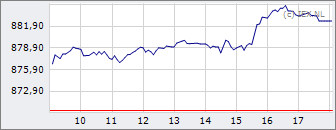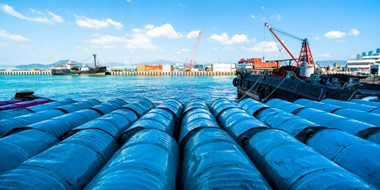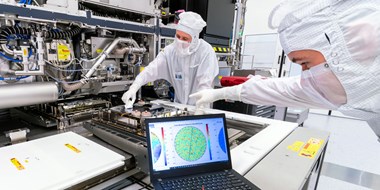Direct naar Forum

|
AEX
865,36
+0,01
+0,00%
18 apr
|
|

|
|

|
Germany40^ |
17.751,90
|
-0,48%
|
|

|
BEL 20 |
3.826,58
|
+0,84%
|
|

|
Europe50^ |
4.919,39
|
-0,35%
|
|

|
US30^ |
38.013,46
|
0,00%
|
|

|
Nasd100^ |
17.548,80
|
0,00%
|
|

|
US500^ |
5.049,25
|
0,00%
|
|

|
Japan225^ |
38.001,71
|
0,00%
|
|

|
Gold spot |
2.380,55
|
+0,05%
|
|

|
EUR/USD |
1,0643
|
-0,26%
|
|

|
WTI |
82,08
|
-0,16%
|
|
#/^ Index indications calculated real time, zie
disclaimer
-
Premium


-
Premium


-
Premium


-
Premium


-
Premium

